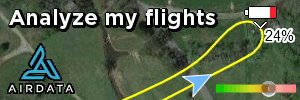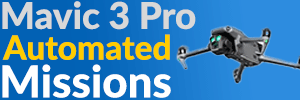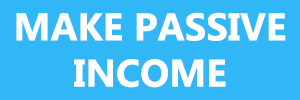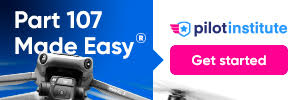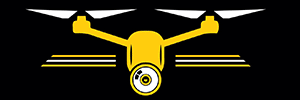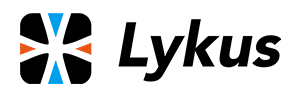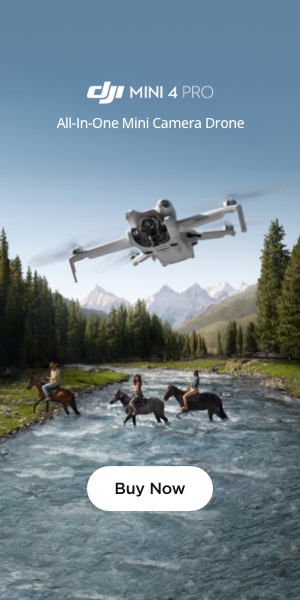Not everyone who occasionally doesn't follow the rules to the letter is an idiot or necessarily reckless. The sheer amount of people who DO successfully fly their UAVs out those sort of distances, and back should tell us that the capability and resources to do it safely BVLOS at hobbyist level ARE there. I watched tons of range tests where pilots are careful to do all the sensible things; fly out against the wind, gain altitude as they go, don't overfly anything other than fields, don't top 400 ft, and carefully monitor all the things they need to in order to maximise the chances of things going well. And in most of those cases it does go well and they return home unscathed, usually having got a great deal further than they expected to...
I am not saying we should all routinely disregard all the rules all the time, but if we are happy to retain accountability for our actions, and feel our flights that don't adhere to the letter of the law are to some extent defensible for their safety and success, then I am hesitant to be so critical of people who succumb to that temptation.
As soon as you go BVLOS, you are no longer flying under 44809 and you are under Part 107. Flying under 44809 means you are abiding by a CBO operating standard.
From AMA:
https://www.modelaircraft.org/system/files/documents/540-D.pdf
Document 540D“SEE AND AVOID” GUIDANCE
1. The primary means to avoid collisions between all aircraft flying within our National Airspace System(NAS) is “See and Avoid.”
2. Vigilance must be maintained by each person operating an aircraft (whether model or manned) so as to “see and avoid” other aircraft.
3. Model aircraft must avoid manned aircraft. Our privilege to fly model aircraft in the NAS depends on our commitment to remain “well clear” of manned aircraft.
4. Simply avoiding an actual collision is not enough. A “near miss” is not acceptable.
5. Unless flying at a mixed-use site where manned and model aircraft routinely share airspace through their own site with specific rules, model aircraft must fly sufficiently far away from manned aircraft so as not to create a collision hazard.
6. Model aircraft flying must not only be safe, but it must also be perceived to be safe by the greater manned-aviation community. Modelers must continually demonstrate their respect for the safety of manned aircraft by remaining vigilant and well clear of them.
7. Whenever a potential conflict arises between model aircraft and manned aircraft, the pilot of the model aircraft must always give way to the manned aircraft.
8. The pilot of a model aircraft must never assume that the pilot of a manned aircraft can see the model or will perform any maneuver to avoid the model’s flight path.
9. Visual Line of Sight is required by the AMA Safety Code. It means that visual contact with the aircraft must be maintained without enhancement other than by corrective lenses prescribed for the model aircraft pilot. All RC flying must remain clear of clouds, smoke, or any other obstruction to the line of sight.




